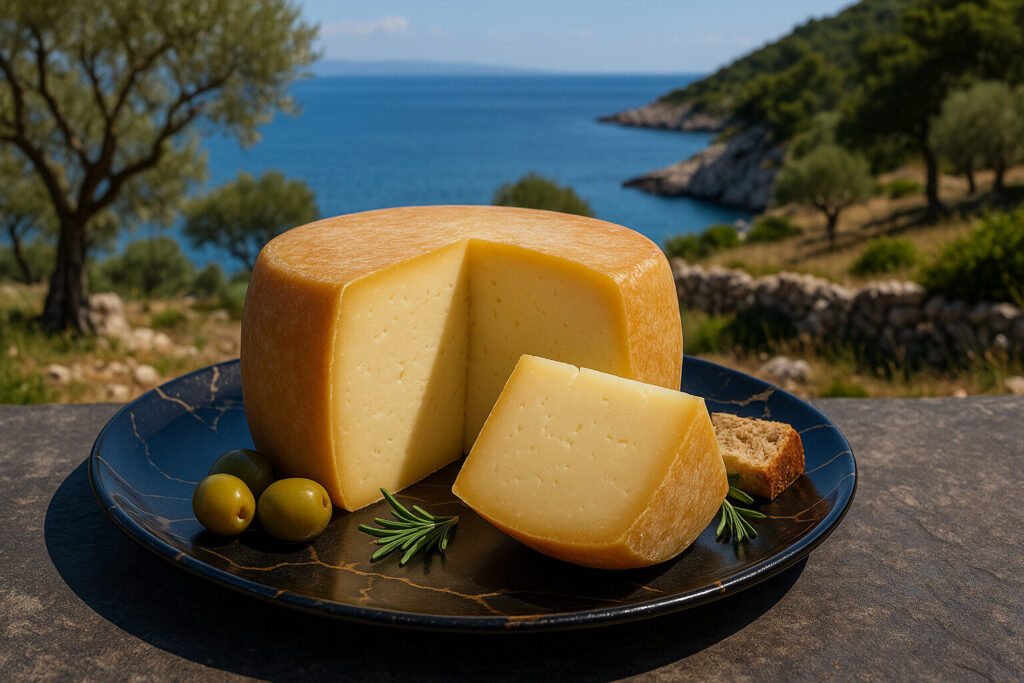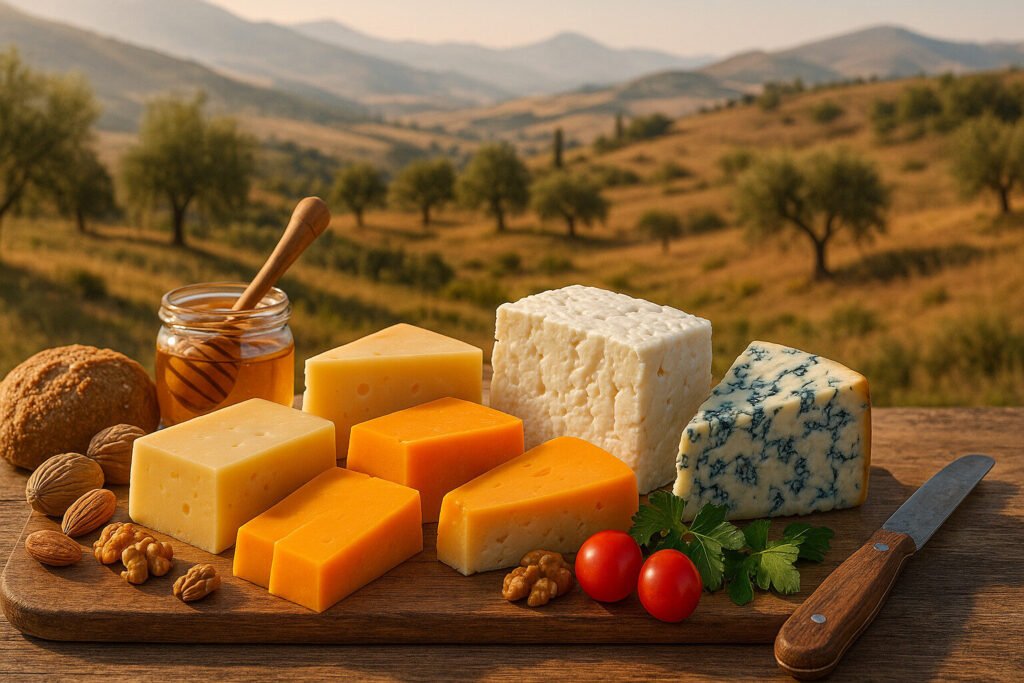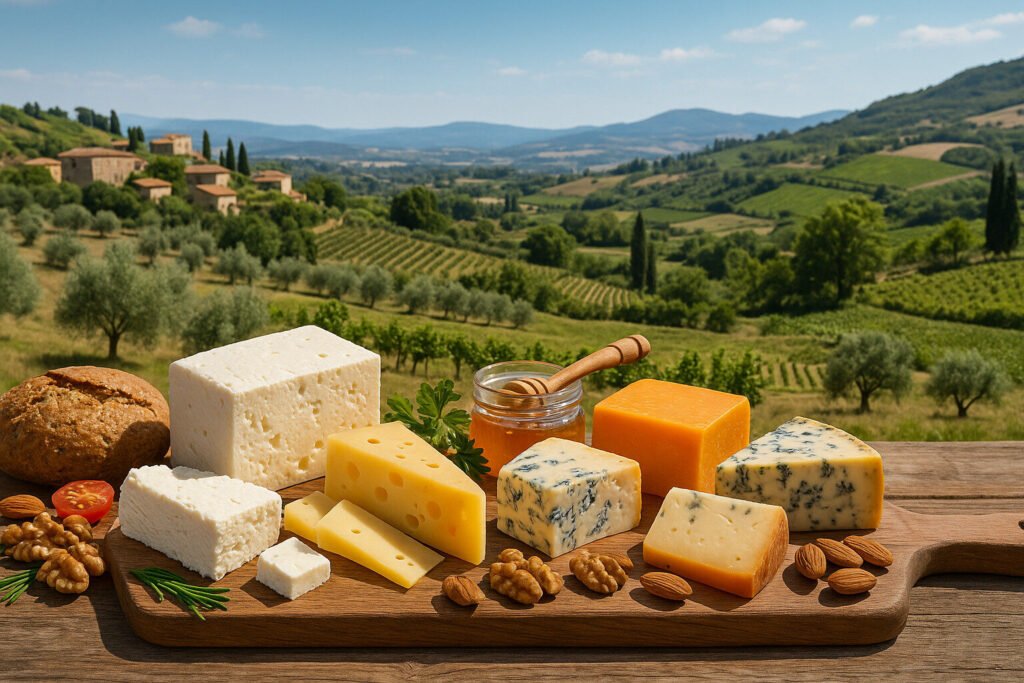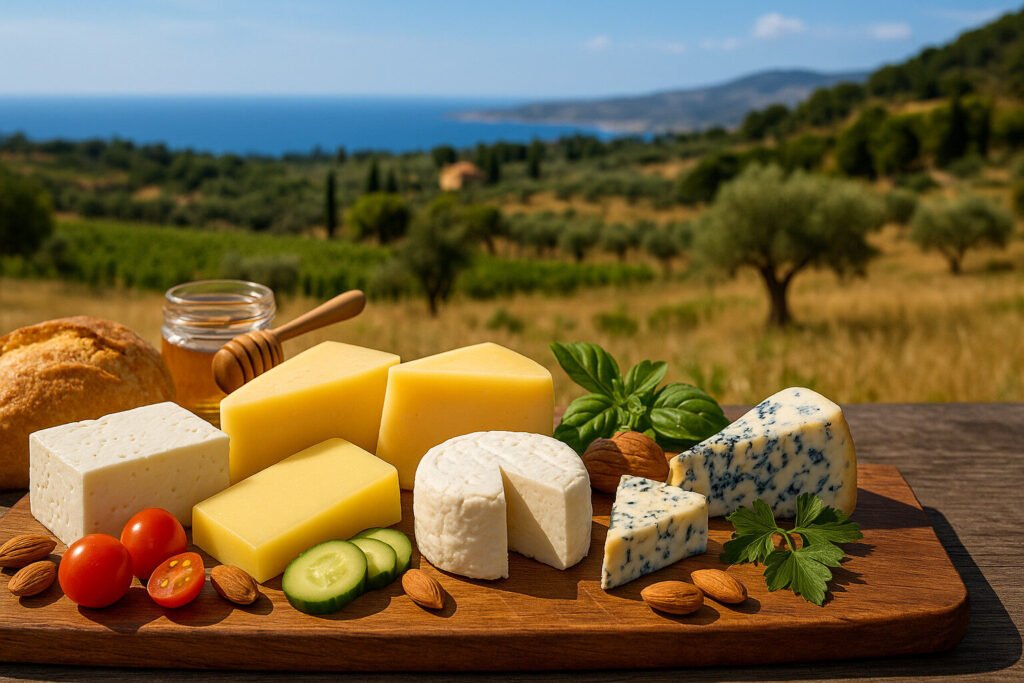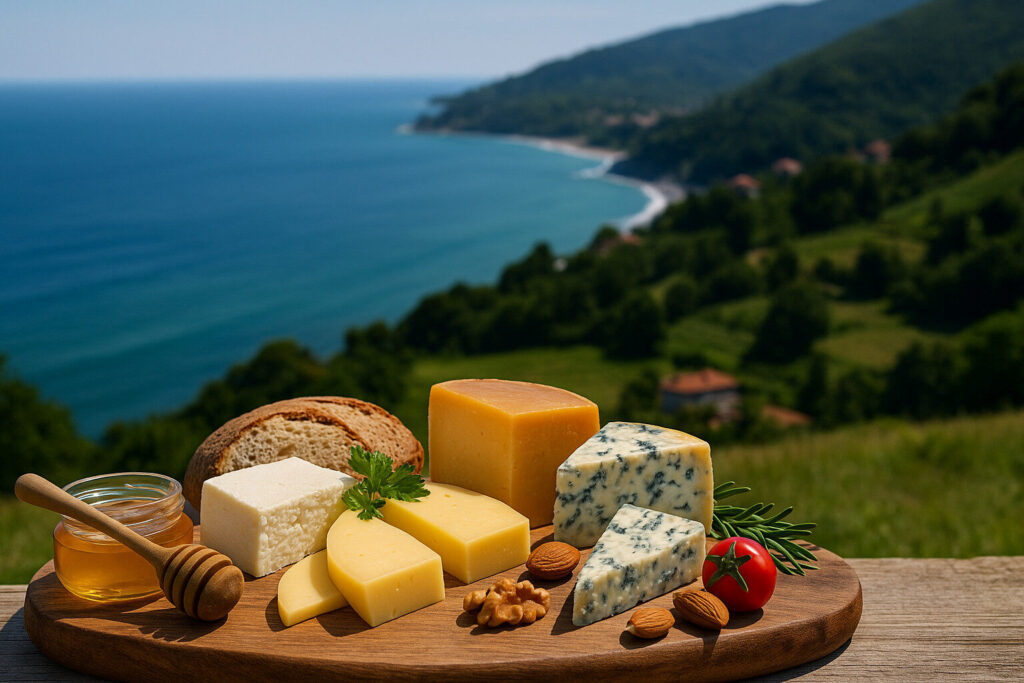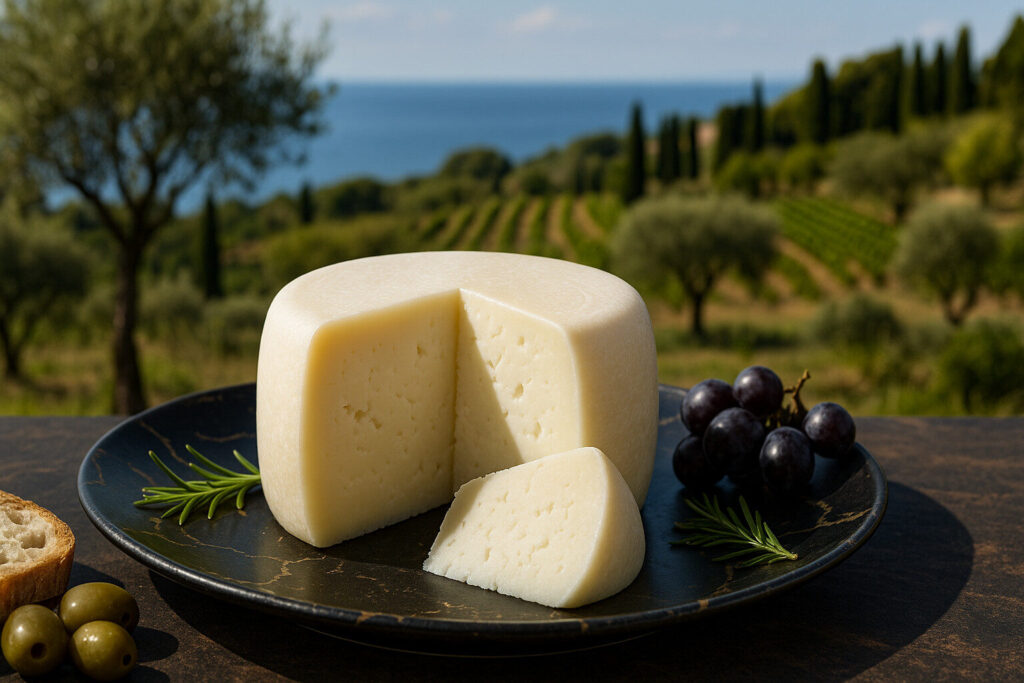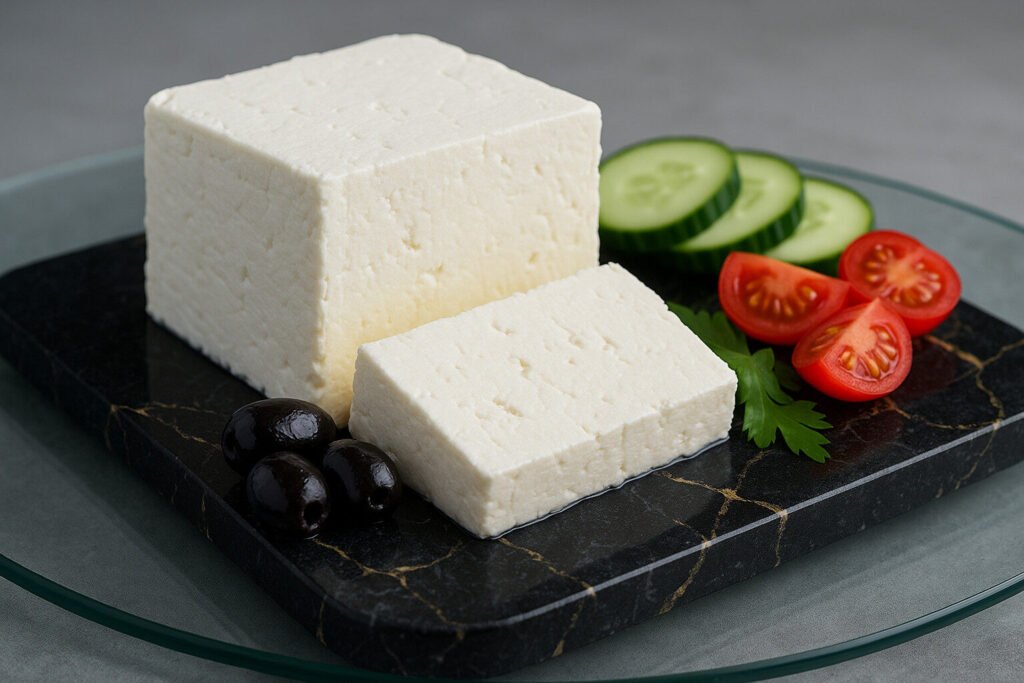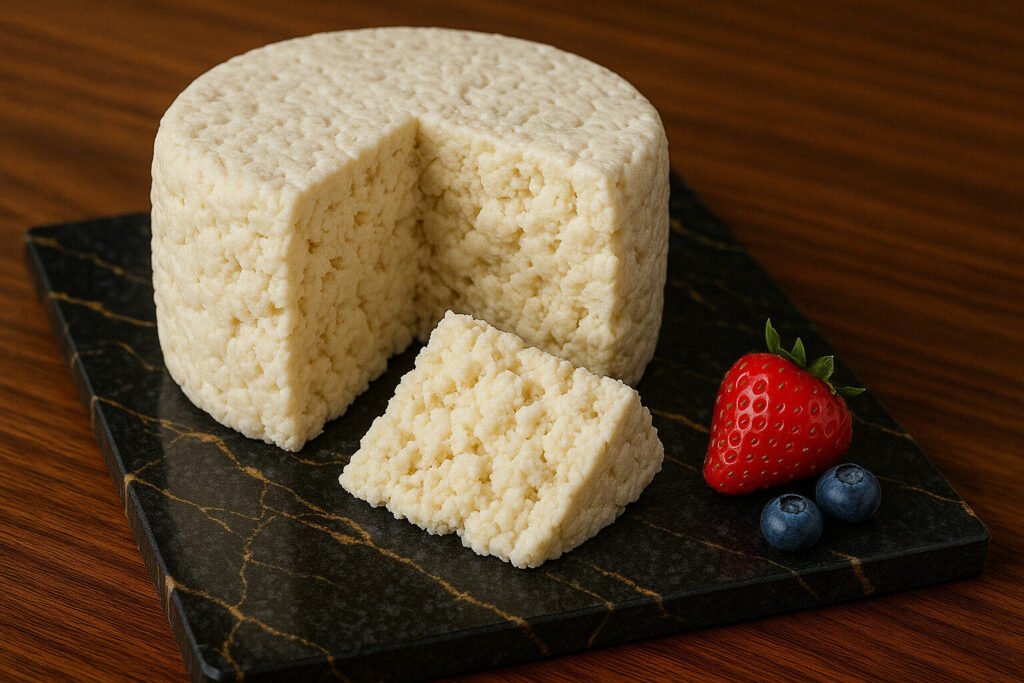Cheese Of Turkey
Introduction to Turkish Cheese
Turkish cheese represents a significant part of the country’s culinary heritage, with varieties that reflect regional traditions and production methods. These cheeses are integral to Turkish breakfasts, mezes, and various dishes, offering a wide range of flavors and textures.
From the salty and briny to the soft and creamy, Turkish cheeses are made from sheep’s, cow’s, or goat’s milk, often using age-old techniques passed down through generations. They are enjoyed both domestically and internationally for their unique characteristics.
Popular Types of Turkish Cheese
Beyaz peynir, a white brined cheese, is perhaps the most famous Turkish cheese, commonly eaten at breakfast. Another popular variety is kasar, a semi-hard cheese similar to cheddar, often used in sandwiches and pastries.
Tulum cheese, aged in goat skins, offers a distinct flavor and crumbly texture, while lor is a fresh, unsalted cheese used in pastries and salads. Mihalic peyniri, a hard, salty cheese, is another traditional option enjoyed across Turkey.
Production Methods of Turkish Cheese
Traditional Turkish cheese production often involves natural fermentation and aging processes that enhance flavor. Many cheeses are brined or stored in special containers like animal skins to develop their unique profiles.
Modern production still respects these traditional methods while incorporating hygiene standards and controlled environments. The use of specific bacterial cultures and aging conditions ensures consistency and quality in Turkish cheeses.
Culinary Uses of Turkish Cheese
Turkish cheese is versatile in the kitchen, appearing in breakfast spreads with olives, tomatoes, and bread. It is also a key ingredient in baked goods like borek and pide, adding richness and flavor.
In meze platters, cheeses like beyaz peynir are served with herbs and olive oil. They can also be melted over dishes, grated into salads, or simply enjoyed as a snack with fruit.
Cultural Significance of Turkish Cheese
Cheese holds a special place in Turkish culture, symbolizing hospitality and community. It is often shared during family meals and social gatherings, reflecting the importance of food in bringing people together.
Regional variations in cheese production highlight Turkey’s diverse geography and traditions. Festivals and markets celebrate these cheeses, preserving culinary heritage and supporting local economies.

